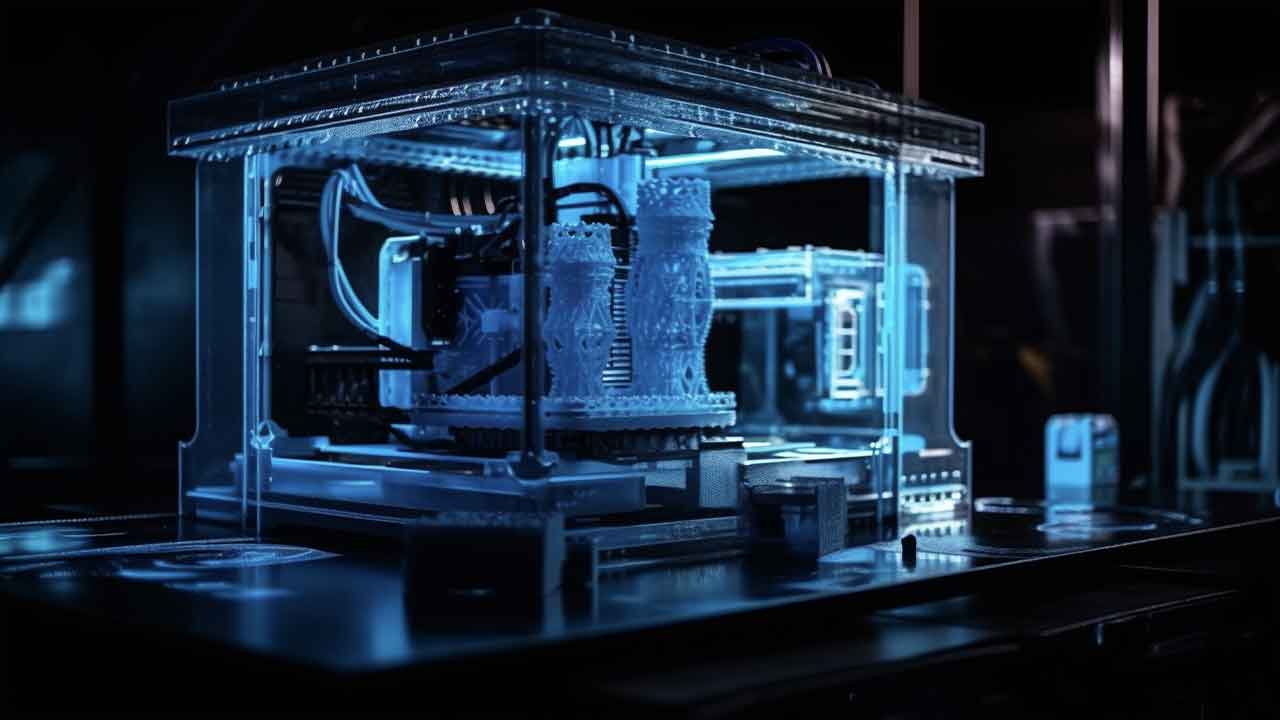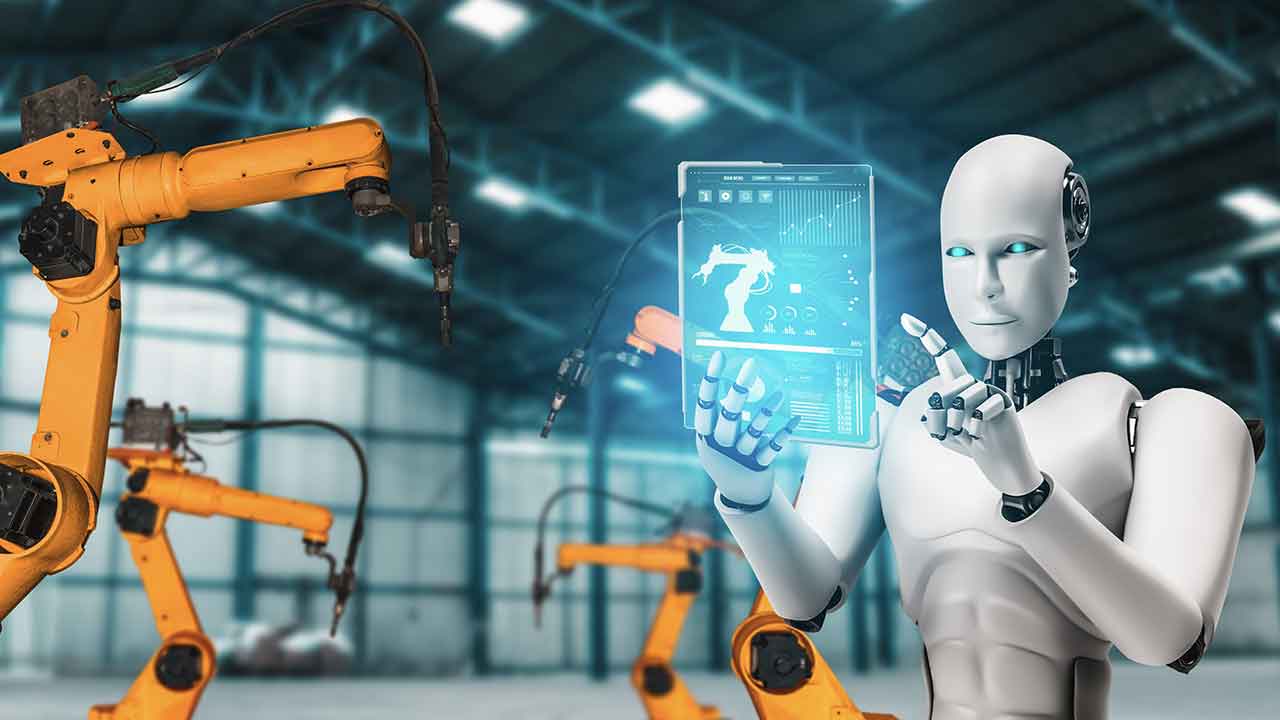How Additive Manufacturing is Changing the Way We Produce and Deliver
Additive manufacturing has moved far beyond its origins as a niche technology. Today, it is a critical enabler of supply chain resilience, sustainability, and operational efficiency. While much of the discussion around additive manufacturing focuses on its ability to produce parts layer by layer, the real value lies in how it is transforming business models, logistics, and resource consumption.
Beyond 3D Printing: The Impact on Design and Performance
Traditional manufacturing often forces engineers to design for the limitations of machining and tooling. Additive manufacturing removes these constraints, allowing for radically optimized designs that improve performance and efficiency.
Aerospace companies are already leveraging these advantages. A Boeing 767 component that was once machined from solid metal is now additively manufactured, reducing its weight while increasing its strength. This shift has far-reaching effects: Lighter parts mean lower fuel consumption, cutting operational costs and carbon emissions.
Beyond aerospace, part consolidation is another game-changing factor. Additive manufacturing allows manufacturers to combine multiple components into a seamless structure, eliminating bolts, welds, and other potential failure points. Fewer parts mean stronger, more reliable products that last longer and require less maintenance.
Rethinking Supply Chains with On-Demand Production
One of the biggest misconceptions about additive manufacturing is that its primary benefit is faster prototyping. While that remains true, its real economic value lies in disrupting traditional inventory models.
In traditional manufacturing, companies produce large quantities of parts to reach cost efficiency, often storing excess inventory for years. This approach ties up capital, increases storage costs, and leads to waste when parts become obsolete.
Additive manufacturing enables on-demand production, reducing the need for large warehouses filled with spare parts. Instead of waiting weeks or months for a critical component to be shipped worldwide, companies can print parts locally, dramatically reducing lead times and logistics costs.
This approach is already demonstrating its value in military and remote operations. In Ukraine, additive manufacturing is utilized to produce critical replacement parts for military equipment in real-time, enabling rapid repairs that would otherwise be unfeasible due to disrupted supply chains. The same concept applies to offshore oil rigs and remote industrial sites, where additive manufacturing removes the necessity to stockpile parts that might never be used.
Sustainability as a Business Advantage
Additive manufacturing is often framed as a sustainability solution, but its true impact is more nuanced. While it reduces material waste by building parts only where needed, some processes—especially those involving metal—can be energy-intensive.
However, the broader picture shows that additive manufacturing significantly enhances sustainability when considering lifecycle impact. Material efficiency is improved because less raw material is wasted compared to traditional machining. Lighter parts reduce energy consumption in transportation and aerospace applications. Equipment life is extended as spare parts can be produced on demand, keeping machinery operational longer and reducing premature scrapping. Localized production reduces shipping emissions and supply chain vulnerabilities.
In retail and logistics, companies like Target are incorporating additive manufacturing into their distribution center operations, using it to rapidly produce replacement parts for conveyor systems and automated sorting machines. By doing so, they avoid costly downtime while also reducing the environmental impact of urgent, long-distance shipping.
The Business Case for Adoption
For many manufacturers, the question is not whether additive manufacturing works but whether it makes business sense. The cost of industrial 3D printers remains high, and many companies lack the in-house expertise to fully leverage the technology. However, outsourcing to additive manufacturing service providers allows businesses to access the benefits without upfront investment.
Companies looking to integrate additive manufacturing should start with strategic use cases. Spare parts and maintenance components can reduce inventory and lead times. Tooling and molds can accelerate traditional manufacturing processes. Low-volume, high-value parts offer a competitive edge through customization or weight reduction.
Organizations that strategically adopt additive manufacturing reap the rewards of higher efficiency, lower costs, and greater supply chain flexibility.
The Future of Manufacturing
The most exciting aspect of additive manufacturing is not the technology itself but what it enables. As costs decrease and adoption spreads, additive manufacturing will shift from being an alternative to traditional manufacturing to becoming a core component of modern industrial strategies.
Additive manufacturing redefines how and where manufacturing happens by reducing reliance on centralized production hubs, optimizing supply chains, and enhancing sustainability. Companies that embrace this shift will be better positioned to navigate an era of disrupted logistics, rising material costs, and increasing pressure for sustainable operations.
This summary of the interview with Sherri Monroe, Executive Director of the Additive Manufacturer Green Trade Association (AMGTA), and Lucian Fogoros, Co-Founder of IIoT World, was generated using AI tools.
Related articles:



